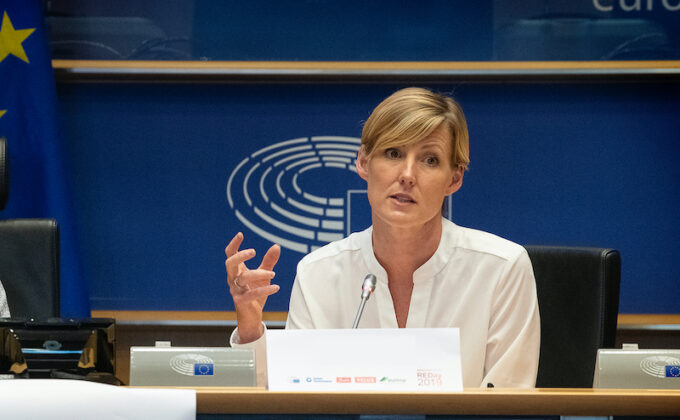
Blog
Incisive commentary from RAP experts
RAP experts keep their finger on the pulse of the energy sector and provide timely analysis of topics impacting stakeholders TODAY.
Filter >>
Content Filter:
June 29, 2020
Pushing water uphill: Putting power behind the renovation wave
For some time now I have been struck by the irony of the European Commission’s chosen name for its building renovation policy package, the “renovation wave,” given that increasing the rate of renovation has been like pushing water uphill. Currently,… View Summary +

June 19, 2020
How we reduced our energy bills by 60%
A year ago, I announced that we had replaced our six-year-old, reliable gas boiler with an air source heat pump. “Ripping out a perfectly well functioning gas boiler before the end of its natural life and replacing it with a… View Summary +

June 19, 2020
Connecting Cities to the PUC Process
As municipal policymakers take increasingly active roles in moving their cities through the energy transition, they need to know their way around their states’ utility regulatory landscape. RAP and our partners at the Building Electrification Initiative (BEI) tackled this… View Summary +

June 18, 2020
Extra Credit: Maximizing the Benefits of Solar in Schools
- Dara Torre ,
- Janine Migden-Ostrander
While across the country America’s schools have been shuttered this spring in response to the COVID-19 pandemic, the sun continues to shine. More than 1,000 megawatts of installed solar capacity from nearly 5,500 K-12 school buildings continues to generate… View Summary +

June 8, 2020
China’s Watchdog for State-Owned Enterprises Grapples With Coal-Fired Generation
The future of China’s power sector, which accounts for about a quarter of the world’s annual consumption of coal and a still-growing fleet of coal-fired generation units, is one of the central questions for world climate policy. Within… View Summary +

May 28, 2020
Power Sector Transformation and Economic Recovery in China
- Richard Sedano
The good news is that coal is struggling around much of the world because the business case for coal-fired power is diminishing year by year. In competitive procurements around the globe, portfolios of clean energy — wind and solar especially… View Summary +
May 19, 2020
Transition to just
The global experience with the coronavirus crisis is shining light on the precariousness of everyday life for low-income and vulnerable households. As we are forced to stay at home, higher household energy bills put further pressure on already stretched household… View Summary +

May 14, 2020
Net zero is nowhere in sight for UK clean heat policy
For months, we have been waiting for the UK government’s proposal for the future of clean heat policy. After committing to a net-zero carbon target for 2050, the need to take aggressive action now to drive down emissions from heating… View Summary +

May 13, 2020
The EV Transition Is a Challenging Journey, but State PUCs Are Taking the First Steps
RAP’s recent publication, Taking First Steps: Insights for State Utility Commissions Preparing for Electric Transportation starts with the observation that “while no one state agency has clear responsibility for it, utility commissions are taking their first steps toward understanding… View Summary +

May 5, 2020
Synchronizing the Electric Regulatory Response to COVID-19
- Jim Lazar
The COVID-19 crisis is influencing every aspect of the global economy, and electric utilities are certainly seeing significant impacts. Before utility regulators take actions to adjust revenues or rates to reflect COVID-19 impacts, it is important to identify and quantify… View Summary +

